Structural insulated panels are one of the most sustainable building materials for construction projects in the UK. SIP panels provide a futuristic, innovative and efficient approach to building. SIPs are injection moulded polyurethane sandwich panels consisting of rigid insulation pressed between two layers of OSB.
RD SIPs were formed when Regan, the director, wanted to build a SIP panel extension. He had seen this system many times on TV shows and thought it was the way forward; the most appealing aspects were the thermal value and the speed to build. However, upon searching for companies to make and build a modest extension he found that either the big players were not interested, and the small players wanted a small fortune for what seemed like a modest number of panels.
RD SIPs is a modern supplier of certified SIP panels in Hereford, UK. Structural insulated panels are a modern sandwich panel building material, that are ideal for constructing thermally efficient structures.
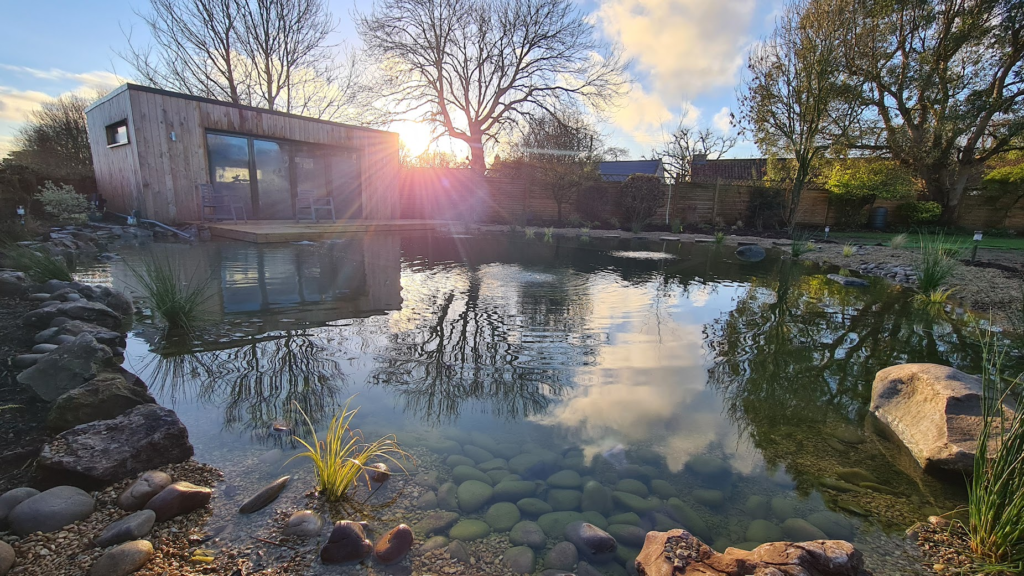
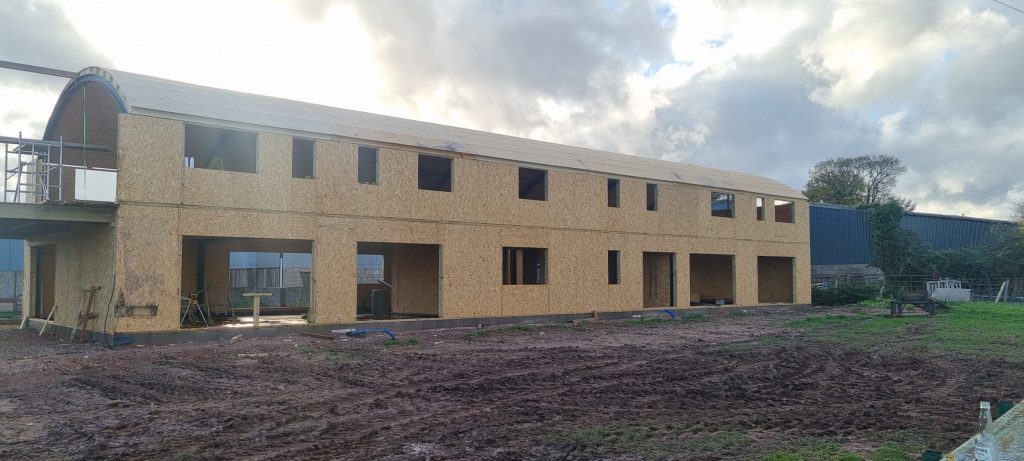
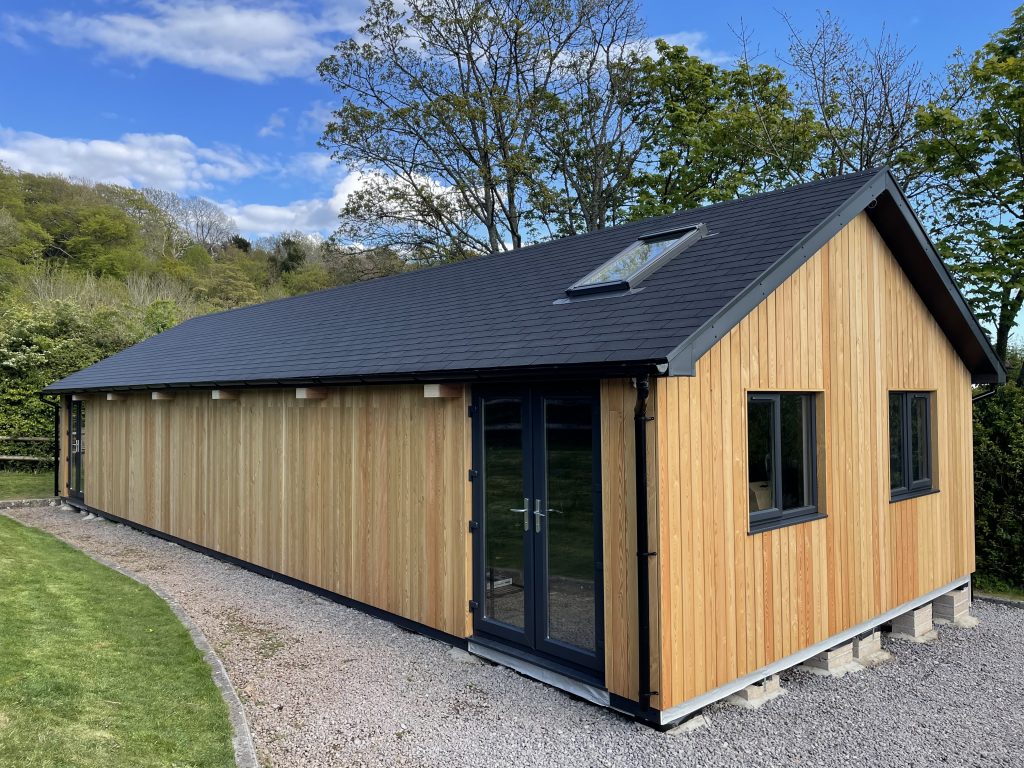
We are able to offer a wide range of Sip buildings for commercial use, either as office or workshop space.
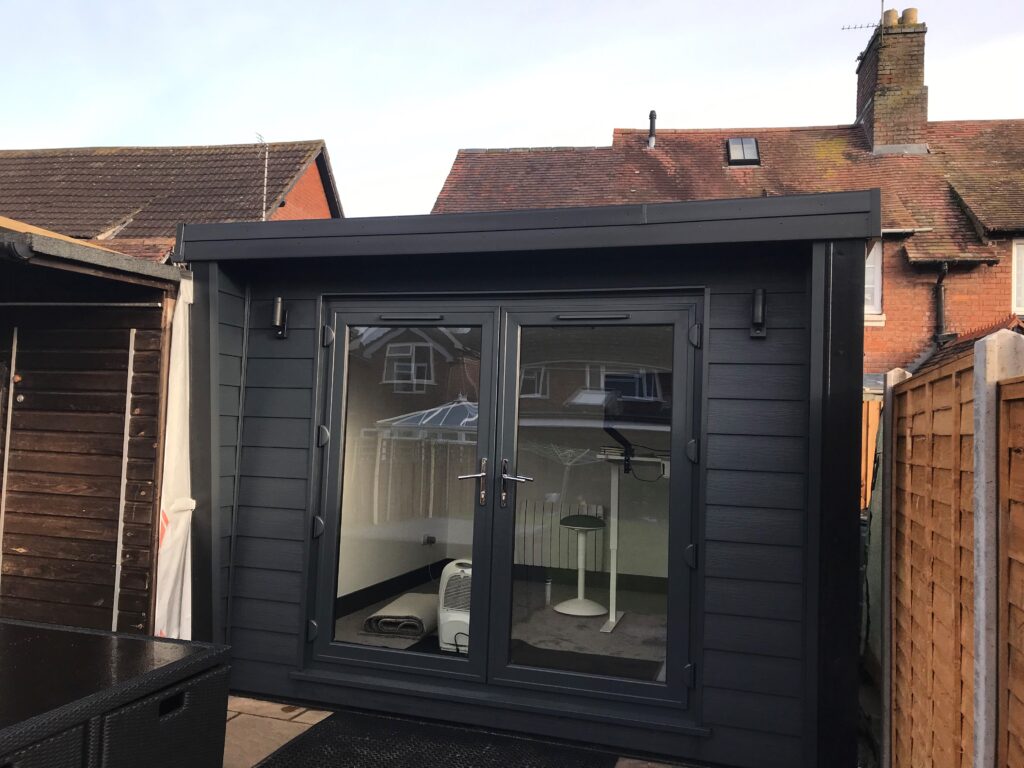
In this uncertain housing marketplace at the moment adding value to your property is one of the smartest things you can do, a sip extension is a fast and efficient option for this.
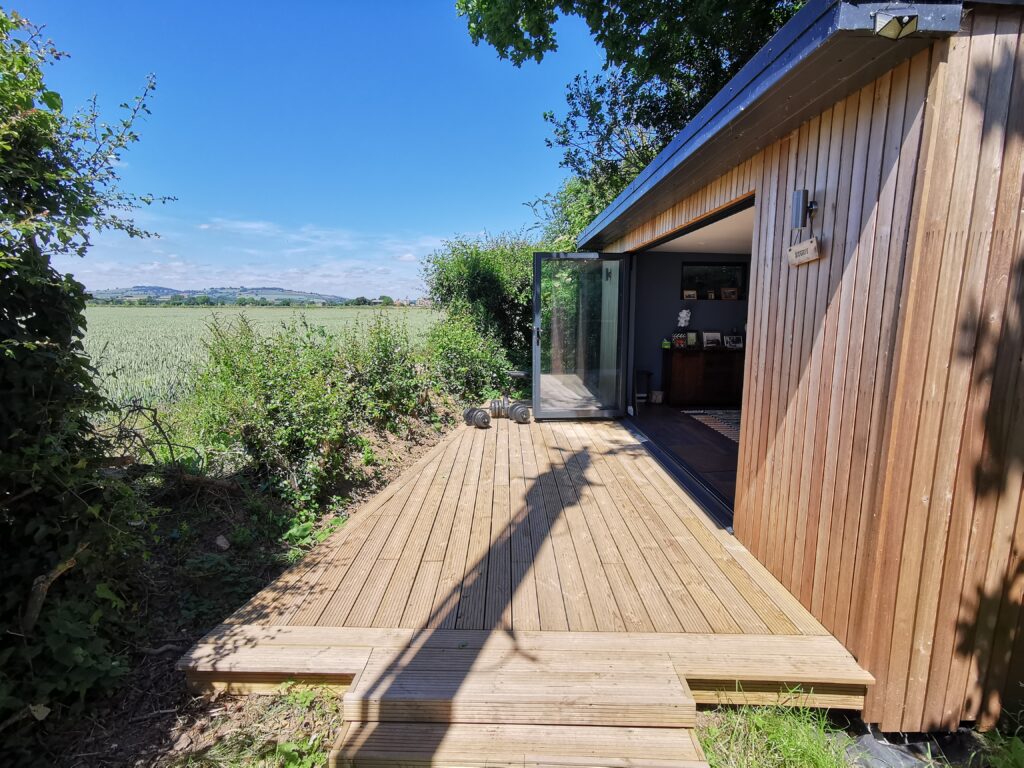
Garden rooms have certainly been the buzz word in the home improvement marketplace over the last 2 years, they are still an excellent way to add extra value to your home as well as provide a separate work or leisure space away from the main home.
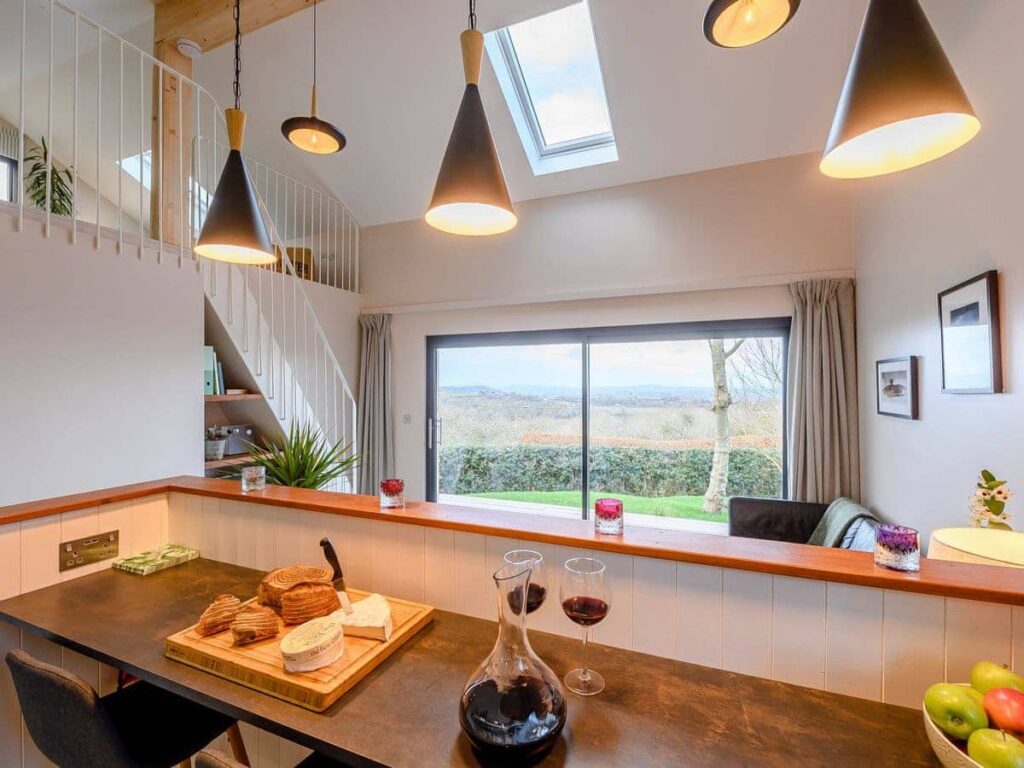
We are happy to provide you with all the information you need to know when opting for building a Sips home, we have undertaken large new build projects up to 10 bedrooms with a curved sips roof as well as adding second and third storey’s existing buildings.
Structural insulated panels are one of the most environmentally responsible building systems available. A SIP building envelope provides continuous insulation, is extremely airtight, allows for better control over indoor air quality, reduces construction waste, and helps save natural resources. Life cycle analysis has shown that SIP homes have a tremendous positive environmental impact by reducing energy use and greenhouse gas emissions throughout the home’s life cycle. SIP designs can save 45% more CO2 with a 5.1 year energy payback and a 3.8 year greenhouse gas payback compared to stick framing examples.
SIP buildings are extremely airtight with air leakage rates well less than 3 air changes per hour at 50 Pascals of pressure (3.0 ACH50) and require mechanical ventilation. Ventilation systems bring fresh air into the building in controlled amounts and exhaust moisture laden and stale air to the outside. By limiting air exchange to controlled ventilation systems, SIP homes allow for all incoming air to be filtered for allergens and dehumidified, creating better indoor air quality. Proper ventilation is important in all homes to preserve indoor air quality.
The airtightness of the SIP building envelope prevents air from gaining access to the interior of the home except in controlled amounts. A controlled indoor environment is both healthy and comfortable. Humidity can be controlled more easily in a SIP home, resulting in a home that is more comfortable for occupants and less prone to mold growth and dust mites.
Like all wood frame buildings, SIPs present a manageable fire risk when their construction meets the fire precautions listed in the building code. Residential codes typically require the application of a 15-minute fire-resistant thermal barrier on the interior for all residential structures, accomplished by applying 1/2-inch-thick gypsum board or a material of equivalent thermal performance.
Light commercial or multi-use buildings of Type V Fire Rated construction often require a one-hour fire rating and/or sprinkler systems. Many SIP manufacturers can provide tested assemblies for both walls and roofs that meet the one-hour fire resistance tests outlined in ASTM E 119. Check with your local manufacturer for specific assemblies.
SIPs are compatible with almost any building system. Wall panels can sit on a variety of foundation materials, including poured concrete, blocks, or insulated concrete forms. SIPs are sized to accept dimensional lumber and are seamlessly compatible with stick framing. Builders may choose to build with SIP walls and a conventional truss roof or stick walls and a SIP roof with little difficulty. SIPs are also popular as a method of providing a well-insulated building enclosure for timber frame and steel structures.
The majority of construction with SIPs is very similar to conventional framing. SIPs accept dimensional timber and are fastened together using staples, nails or screws. Proper sealing is very important when assembling SIPs. All joints need to be sealed with specially designed SIP sealant or expanding foam sealant, and in some cases self-adhesive SIP tape. SIPs also require consideration of how panels will be staged and placed on the jobsite.
Onsite modification can easily be done using a few additional SIP specific tools. Oversized panels can be cut using a beam saw or a beam cutting attachment to a circular saw. The foam core can then be recessed for splines or timber by using a multitool.
Panel only if in stock collection next day, if panels need to be made 1-3 weeks for garden rooms 2-5 weeks and for houses up to 12 weeks.
Houses – 150mm minimum for the External Walls, 100mm for Internal Walls and a minimum of 175mm Roof: this is to comply with building regulations.
U-value is a measure of air-to-air heat transmission due to thermal conductance and difference in indoor/outdoor temperature. As the U-Value decreases so does the amount of heat transferred through the material, i.e. the lower the U-Value (w/m2k), the better the insulation.
You can span up to 4.3m without steels in the roof of a Garden Room. A double timber, which can be inserted into the panel (minimum 150 panel), has the capability of spanning 3.6m. If this is then complemented with a 150 timber, in the middle making a triple, the span can be increased to 4.0m. If you are trying to span the full 4.3m you will require a quadruple, made up as follows 125mm x 47mm, 2no. 150mm x 47mm and an additional 125mm x 47mm.
We give a 12 months defect warranty with our SIPs.
Yes – ply, but it is more expensive and we do not have structural tests for it.
There are no restrictions, this is a personal preference.
Yes the panels comply with the building regulations so will be approved. You will be provided with a Certificate.
Studios – 100mm floor and walls and a minimum of 150mm for the roof.Houses – 150mm minimum for the External Walls, 100mm for Internal Walls and a minimum of 175mm Roof.
We would love to work with you to great a new space for you and your family. Send us a message using the from and we will be in touch.
RD Property Ltd T/A (RDSIPS)
Unit 7B Westwood Industrial Estate
Pontrilas HR2 OEL
Vat Reg No 273668565
Company number: 10781626
Phone: 01981 570747







© RD Sips